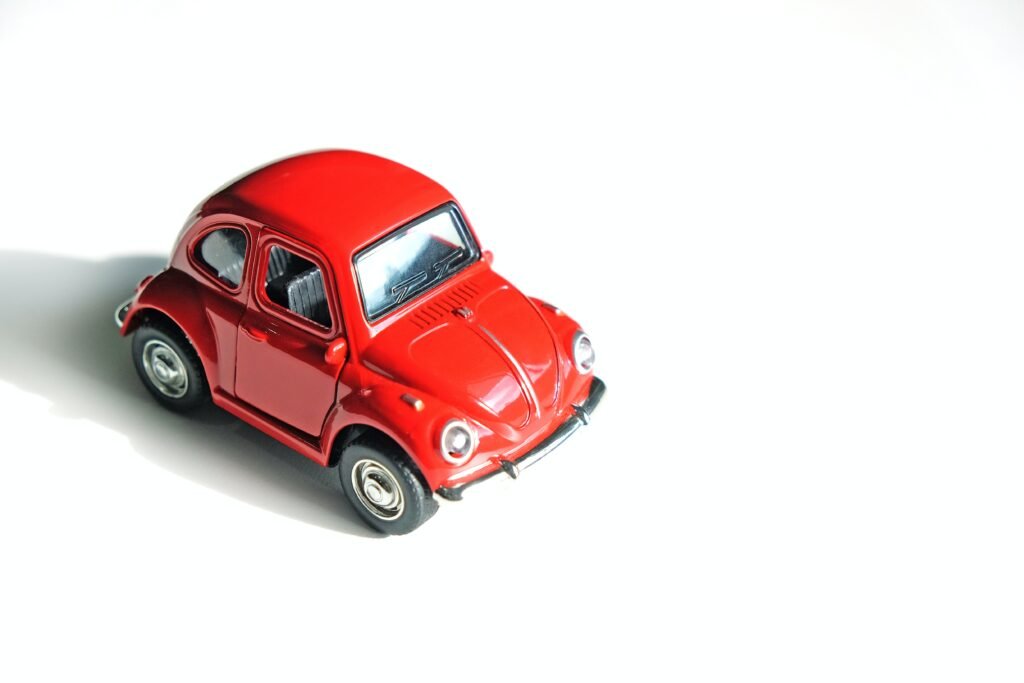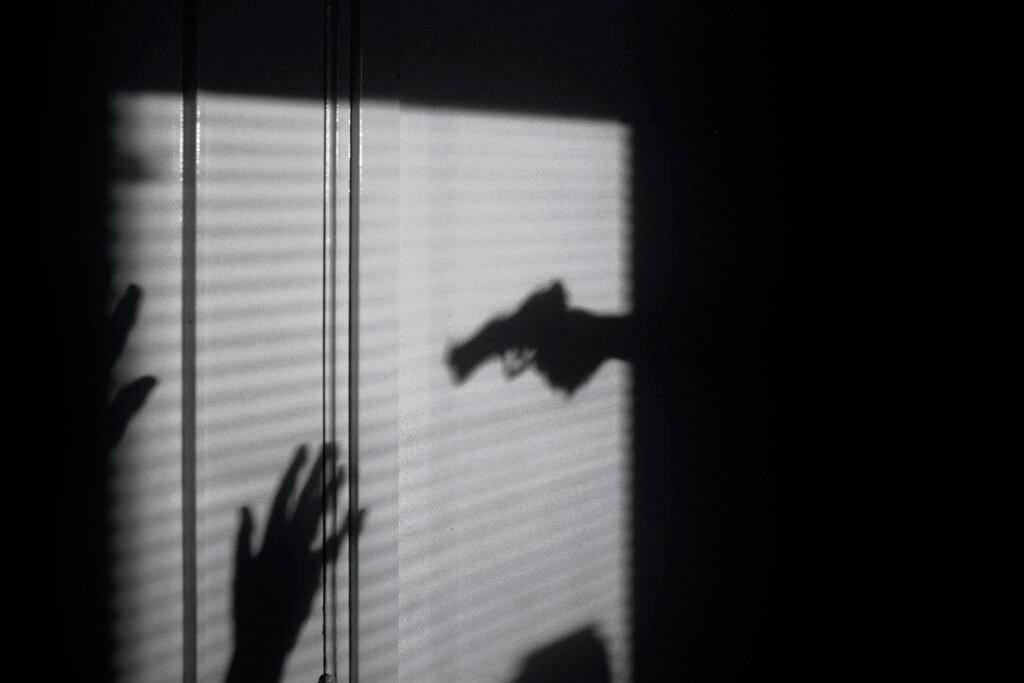
If you or someone you know enjoys playing with toy guns, it’s essential to prioritize safety. When engaging in this type of play, there are a few simple tips to keep in mind that can help ensure a fun and safe experience. From responsible handling and appropriate target selection to clear communication with fellow players, this article will guide you through the key aspects of playing with toy guns safely. By following these recommendations, you can enjoy the excitement of toy gun play while minimizing any potential risks.
Choosing the Right Toy Gun
When it comes to choosing the right toy gun for your child, safety should always be the top priority. Here are a few things to consider:
Look for age-appropriate toys
Toy guns come in different sizes and complexities, so it’s essential to choose one that is suitable for your child’s age. Younger children should have simpler, less realistic toy guns, while older children can handle more advanced models.
Ensure the toy gun is made of safe materials
Check the materials used to make the toy gun to ensure they are safe for your child. Look for non-toxic materials and avoid toy guns that contain small parts that can be a choking hazard.
Avoid realistic-looking toy guns
To avoid confusion and potential misunderstandings, it’s best to steer clear of toy guns that closely resemble real firearms. Opt for brightly colored, clearly identifiable toy guns instead.
Check for any warning labels
Before purchasing a toy gun, make sure to read and understand any warning labels. These labels provide important information about proper usage and potential risks associated with the toy gun.
Setting Safe Play Environments
Creating a safe play environment is crucial to ensuring that your child can enjoy playing with toy guns while minimizing any potential risks. Here’s how you can achieve this:
Designate a specific play area
Allocate a specific area in your home where your child can play with their toy guns. This designated space will help establish boundaries and minimize any potential hazards associated with play.
Remove any potential hazards
Before allowing your child to play with toy guns, thoroughly inspect the play area and remove any objects that could pose a risk. Clear away any sharp objects, fragile items, or furniture that could cause accidents during play.
Create boundaries
Using visual cues such as tape or markers, create boundaries within the play area to ensure your child knows where they can safely play. Boundaries help prevent accidents and encourage responsible play.
Ensure proper lighting
Having adequate lighting in the play area is essential for your child’s safety. Proper lighting will allow them to see clearly and avoid any potential tripping or falling hazards.

This image is property of images.unsplash.com.
Educating Children about Toy Gun Safety
Educating your child about toy gun safety is crucial to their understanding of responsible play. Here are some key points to cover during the education process:
Teach the difference between toy guns and real guns
Start by explaining to your child the fundamental difference between toy guns and real guns. Emphasize that real guns are dangerous and should never be played with. Ensure they understand that toy guns are simply pretend and should be treated as such.
Establish clear rules and guidelines
Set clear rules and guidelines for the use of toy guns. Explain what behavior is acceptable and what is not. Make it clear that safety is a top priority and that certain actions, such as pointing a toy gun at people, are strictly off-limits.
Explain the importance of never pointing a toy gun at people
One crucial rule to emphasize is the importance of never pointing a toy gun at people. Explain that doing so can be dangerous and may lead to accidents or injury. Encourage them to treat all individuals with respect and avoid using the toy gun in a threatening manner.
Encourage responsible behavior
Teach your child about responsible play and the importance of considering the feelings and safety of others. Encourage them to follow the rules and guidelines you’ve established while using the toy gun.
Supervising Playtime
Even with all the safety measures in place, it is still essential to provide supervision during playtime. Here’s why:
Always supervise young children
For younger children, it is vital to have constant supervision while they play with toy guns. This ensures they are engaging in safe play and allows you to intervene if necessary.
Monitor play and intervene if necessary
Even with older children, it’s crucial to continually monitor their play to ensure they are following the rules and playing responsibly. If you notice any unsafe behavior or actions, intervene immediately and provide guidance on appropriate play.
Teach proper handling and aiming techniques
Supervising playtime gives you the perfect opportunity to teach your child proper handling and aiming techniques. Show them how to hold the toy gun correctly and aim responsibly, emphasizing the importance of never pointing it at people or animals.
Promote fair play and discourage aggressive behavior
Supervision helps in promoting fair play and discouraging any aggressive behavior. Encourage your child to engage in friendly competition and treat their playmates with kindness and respect.

This image is property of images.unsplash.com.
Proper Handling and Storage
Proper handling and storage of toy guns are essential to maintain their safety and longevity. Here’s what you need to know:
Teach proper grip and handling techniques
Take the time to teach your child how to hold the toy gun properly, ensuring they have a firm grip and control over the toy. Show them how to handle it safely, focusing on keeping their fingers away from the trigger area.
Store toy guns securely and out of reach
When not in use, store toy guns securely and out of reach of younger children. This will help prevent accidents and ensure that only responsible individuals can access the toy guns.
Keep ammunition separate from the toy guns
If your child’s toy gun uses ammunition, ensure it is kept separate from the toy gun when not in use. This helps avoid situations where the toy gun could accidentally be fired.
Regularly check for any wear or damage
Regularly inspect the toy guns for any signs of wear or damage. Check for loose parts, cracks, or any other issues that could compromise the safety of the toy gun. If any issues are identified, refrain from using the toy gun until it has been repaired or replaced.
Avoiding Misuse and Confusion
To avoid potential misunderstandings and misuse, it’s important to educate your child about responsible toy gun play. Here’s what you can do:
Emphasize that toy guns are not weapons
Reinforce the concept that toy guns are not weapons but are meant for harmless play. Teach your child that using a toy gun responsibly means never treating it as a real weapon.
Discourage aiming at people or animals
Make it clear to your child that aiming the toy gun at people or animals is unacceptable. Help them understand that doing so can cause fear or harm and is not part of responsible toy gun play.
Educate about the potential consequences of misuse
Explain to your child the potential consequences that can arise from misusing a toy gun. Talk about the importance of considering the feelings and safety of others and how irresponsible play can lead to accidents or negative consequences.
Monitor media influences
Be aware of the media your child consumes and monitor the content for any excessive or unrealistic portrayals of violence. Discuss these portrayals with your child and help them understand the difference between entertainment and real-life consequences.

This image is property of images.unsplash.com.
Promoting Good Sportsmanship
Playing with toy guns can provide an opportunity to teach your child about good sportsmanship and cooperation. Here’s how you can promote these values:
Teach respect for opponents
Instill in your child the importance of respecting their playmates, regardless of the outcome of the game. Encourage them to celebrate their own successes while also acknowledging and appreciating the achievements of others.
Encourage fair play and teamwork
Promote fair play and teamwork in toy gun games. Teach your child to play by the rules, take turns, and work collaboratively with their playmates. Talk about the significance of fairness and the enjoyment that can come from playing together as a team.
Promote communication and conflict resolution skills
Use toy gun play as an opportunity to teach your child effective communication and conflict resolution skills. Encourage them to express themselves calmly and find peaceful resolutions when conflicts arise during play.
Discourage taunting or superiority behaviors
Discourage any taunting or superiority behaviors during toy gun play. Help your child understand that everyone should be treated equally and that all participants should have the opportunity to enjoy the game without feeling belittled or inferior.
Avoiding Public Misunderstandings
When engaging in toy gun play, it’s essential to be considerate of others and avoid misunderstandings. Here’s how you can navigate public settings responsibly:
Inform neighbors or authorities about toy gun play
If you plan to engage in toy gun play in your yard or neighborhood, consider informing your neighbors or local authorities beforehand. This communication can help prevent any unnecessary concerns or misunderstandings.
Avoid playing with toy guns in public spaces
To prevent misunderstandings or alarming others, it’s generally best to avoid playing with toy guns in public spaces. Instead, focus on finding appropriate private areas where your child can play safely without causing alarm or confusion.
Cover or use brightly colored toy gun accessories
If you do need to transport toy guns in public areas, consider covering them with a bag or using brightly colored accessories that clearly differentiate them from real firearms. This helps avoid any mistaken perceptions or alarming responses from those around you.
Maintain compliance with local laws and regulations
Before engaging in toy gun play in your area, familiarize yourself with the local laws and regulations regarding the use of toy guns. Ensure you understand any restrictions or guidelines and comply with them to prevent unnecessary legal issues or concerns.
Encouraging Non-Aggressive Play Alternatives
While toy gun play can be entertaining for children, it’s also important to provide them with alternatives that promote non-aggressive play. Here are a few ideas:
Offer a variety of other play options
Provide your child with a variety of alternative play options. Offer toys, games, and activities that encourage creativity, imagination, and non-aggressive play. This will help broaden their play experiences and keep them engaged in a variety of activities.
Promote imaginative and creative scenarios
Encourage your child to engage in imaginative and creative play scenarios that don’t involve toy guns. Help them come up with exciting storylines, dress-up play, or building and construction projects that can capture their interest without promoting aggression.
Encourage role-playing and storytelling
Support your child in developing their storytelling and role-playing skills. Encourage them to create and act out their own stories, where they can play different characters and explore different scenarios that do not involve toy guns.
Organize cooperative games and activities
Promote cooperative games and activities that require teamwork and collaboration. Engage your child in activities such as scavenger hunts, building challenges, or board games that encourage social interaction and emphasize fair play without the use of toy guns.
Conclusion
Playing with toy guns can be a fun and enjoyable activity for children, but it’s crucial to prioritize safety and responsible play. By choosing age-appropriate toys, creating safe play environments, educating children about toy gun safety, providing proper supervision, promoting good sportsmanship, and encouraging non-aggressive play alternatives, you can ensure that your child’s toy gun play is both entertaining and safe. Remember to always prioritize communication, education, and respect while fostering a fun and imaginative play environment.